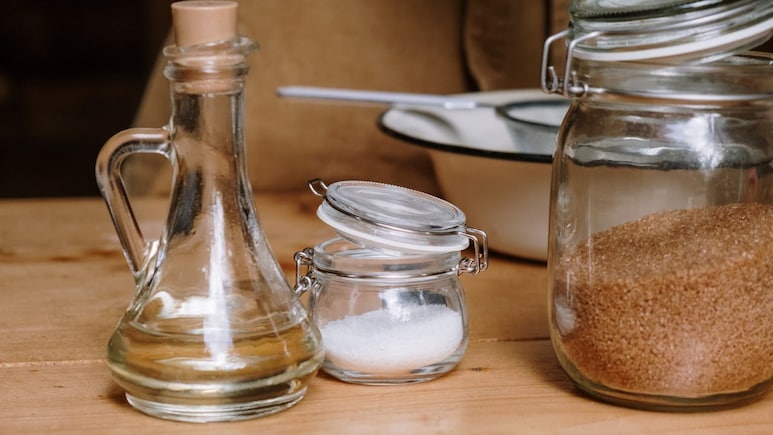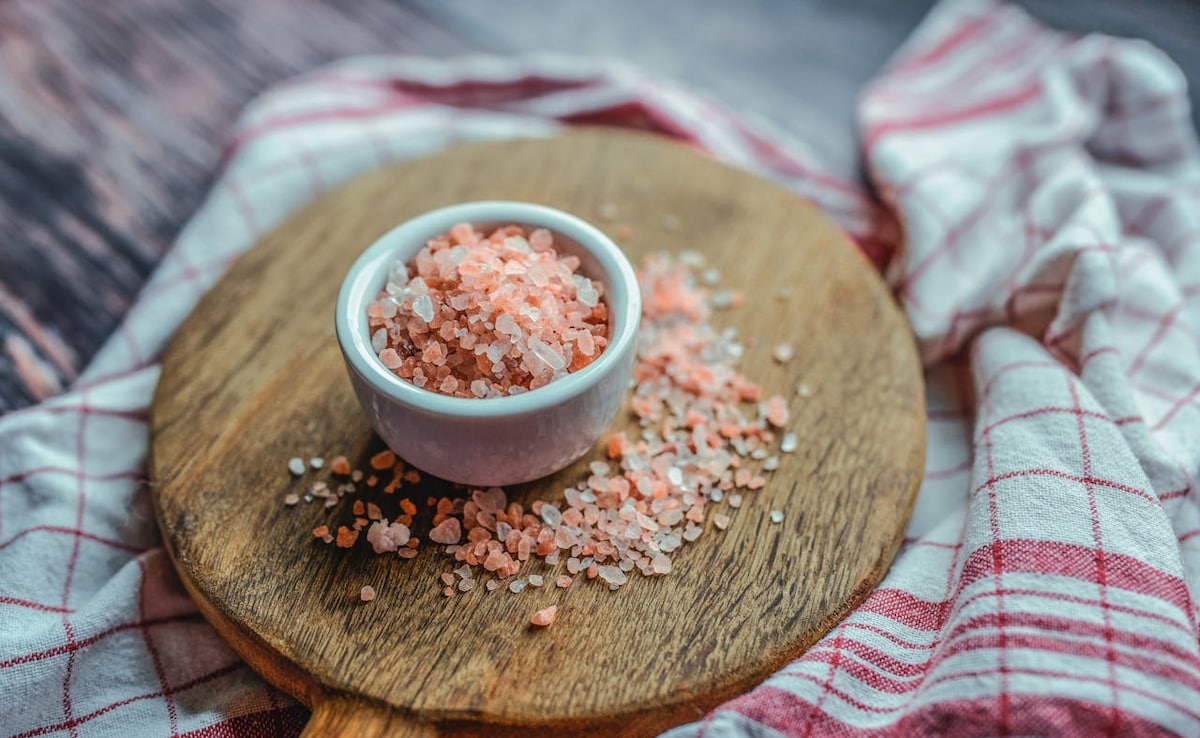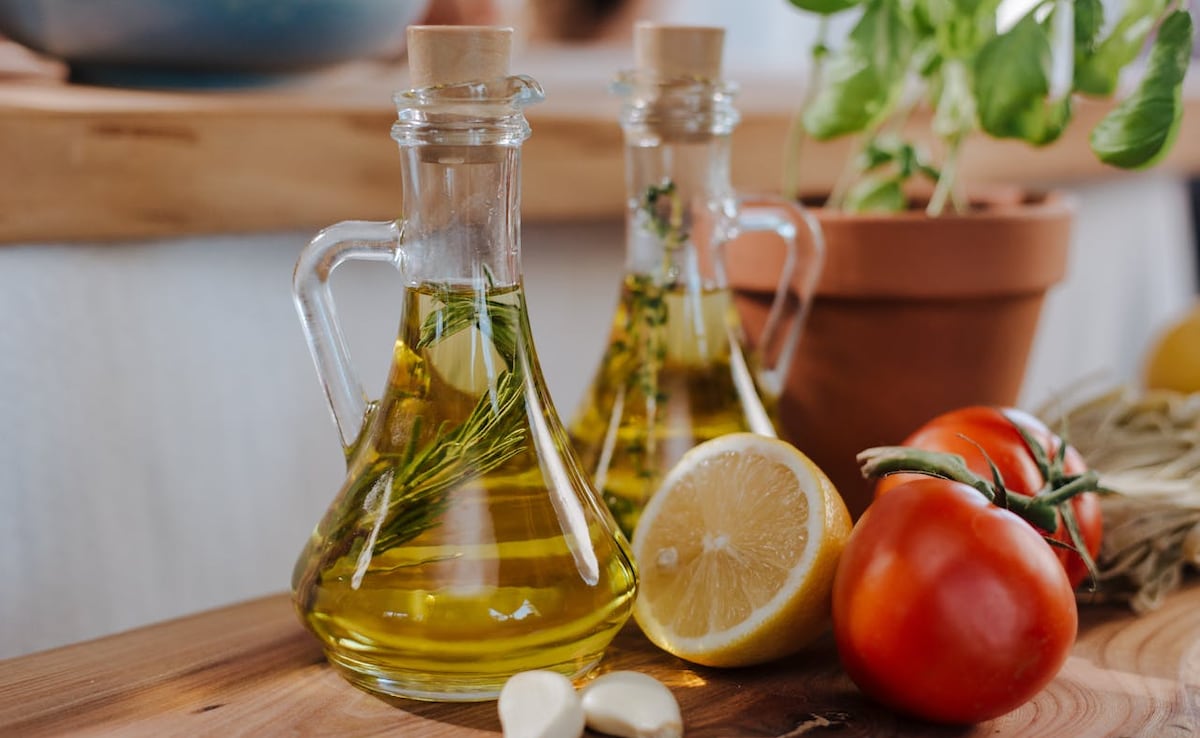
Every year, from 1st to 7th September, India celebrates National Nutrition Week, an initiative by the Ministry of Health and Family Welfare to raise awareness about healthy eating and nutrition literacy. The week acts as a reminder that food is more than just fuel; it is central to our immunity, energy, and long-term health. This year, the theme for National Nutrition Week is 'Eat right for a better life', and we are putting three staples found in every Indian kitchen in the spotlight: sugar, salt, and oil. While each has a legitimate role in cooking, from adding flavour, aiding digestion, to providing essential nutrients, modern lifestyles have made overconsumption a dangerous habit. According to the Indian Council of Medical Research-National Institute of Nutrition (ICMR-NIN), Indians today consume far more sugar, salt, and oil than recommended, and this excess is strongly linked to the rising burden of obesity, hypertension, diabetes, and cardiovascular disease in the country.
So how much is too much? And more importantly, how can families make everyday cooking healthier without losing out on taste? Let's break it down.
Sugar: The Sweet Problem Of India

Photo Credit: Pexels
How Much Sugar Is Safe?
The ICMR-NIN 2024 guidelines recommend keeping added sugar intake below 20-25 grams per day, about five teaspoons, for an average adult consuming a 2,000-calorie diet. The World Health Organization (WHO) goes a step further, advising that free sugar should make up less than 10% of total energy intake, with an even safer target of below 5%.
In contrast, surveys show that the average Indian consumes well above this limit, often unknowingly through tea, sweets, packaged snacks, and sugary beverages-not to mention excess consumption during the festive season.
Why Excess Sugar Harms
Sugar provides "empty calories" with no essential nutrients. Regularly crossing the daily limit increases the risk of obesity, type 2 diabetes, fatty liver, heart disease, and even certain cancers. In children, high sugar intake is linked to dental decay and early obesity.
The real challenge is hidden sugar, present in breakfast cereals, sauces, ketchup, fruit juices, and even health bars. One soft drink can easily exceed the daily safe intake in a single serving.
Smart Buying And Cooking Tips
- Choose fresh fruits over fruit juices or desserts-they offer natural sweetness with fibre.
- Read labels carefully: terms like corn syrup, maltose, or fructose also mean sugar.
- Reduce sugar in tea/coffee gradually. Your taste buds adjust within weeks.
- For cooking, use natural sweeteners like dates or small amounts of jaggery. But remember: jaggery and honey also add calories and should be limited.
- Avoid stocking large jars of sweets at home. Out of sight, out of mind really holds true.
Salt: The Silent Killer India Needs To Know About

Photo Credit: Pexels
How Much Salt Is Safe?
The World Health Organization recommends no more than 5 grams of salt per day (roughly one teaspoon) for adults. The average Indian, however, consumes 9-10 grams daily, nearly double the safe limit. Urban packaged food consumption makes this even worse.
Why Excess Salt Harms
Too much salt means too much sodium, which directly raises blood pressure. Hypertension is one of India's fastest-growing health burdens and a leading cause of stroke, kidney disease, and heart failure. Alarmingly, high salt intake is often unnoticed because we get used to the taste over time.
Smart Buying And Cooking Tips
- Always opt for iodized salt, which prevents goitre and thyroid problems.
- Avoid trendy 'detox' salts (pink, rock, Himalayan) unless iodized. They often lack iodine.
- Taste your food before adding extra salt. Often, we add more out of habit, not need.
- Cut down on processed foods like chips, papads, pickles, sauces, and instant noodles. They are loaded with sodium.
- Use herbs, spices, lemon, or roasted garlic to enhance flavour without extra salt.
- At home, keep salt in a small container with a spoon, so you measure instead of sprinkling.
Oil: India's Secret Frenemy No. 1

Photo Credit: Pexels
How Much Oil Is Safe?
Oil is essential because it provides energy, helps absorb fat-soluble vitamins (A, D, E, K), and offers healthy fats. But excess can tip the balance. The ICMR-NIN and FSSAI recommend 25-30 grams per person per day, which comes down to about 6 teaspoons.
Unfortunately, many Indian households exceed this, particularly when deep-fried snacks are part of daily diets.
Why Excess Oil Harms
Too much oil leads to obesity, clogged arteries, and metabolic disorders. Reheated or reused oil is especially dangerous as it produces harmful trans fats and free radicals linked to cancer risk.
What Type of Oil to Use?
- Rotate oils: Try mustard, groundnut, sesame, rice bran, sunflower, or soybean oils as each offers different fatty acids.
- Prefer cold-pressed or filtered oils over refined varieties when possible.
- Avoid vanaspati, margarine, or bakery shortenings. They are high in trans fats, which should be eliminated.
Smart Buying And Cooking Tips
- Measure oil with a spoon or spray instead of free pouring.
- Switch to cooking methods like steaming, grilling, sautéing, or baking.
- Never reuse leftover frying oil as it generates toxic compounds.
- Store oil in a cool, dark place to prevent rancidity.
- Add nuts, seeds, or avocado to meals for healthy fats without excess cooking oil.
Make Small Changes Count
National Nutrition Week 2025 is a reminder that healthy eating is not about eliminating sugar, salt, or oil entirely. It's about balance and mindful use. By limiting sugar to a few teaspoons, salt to a teaspoon, and oil to six teaspoons daily, you protect your heart, metabolism, and immunity without giving up the flavours you love.
Start small: measure your oil, taste before adding salt, and swap sweets for fruit. Over time, these habits will become second nature, helping India tackle its lifestyle disease burden, one plate at a time.
Disclaimer: This content including advice provides generic information only. It is in no way a substitute for a qualified medical opinion. Always consult a specialist or your own doctor for more information. NDTV does not claim responsibility for this information.
References:
Indian Council of Medical Research-National Institute of Nutrition. (2024). Dietary Guidelines for Indians. Hyderabad: ICMR-NIN.
Mozaffarian, D., et al. (2014). Global sodium consumption and death from cardiovascular causes. New England Journal of Medicine, 371(7), 624-634.
Roberts, C. K., Hevener, A. L., & Barnard, R. J. (2013). Metabolic syndrome and insulin resistance: Underlying causes and modification by exercise training. Comprehensive Physiology, 3(1), 1-58.
World Health Organization. (2022). Healthy diet.
World Health Organization. (2023). Salt reduction.
Track Latest News Live on NDTV.com and get news updates from India and around the world

